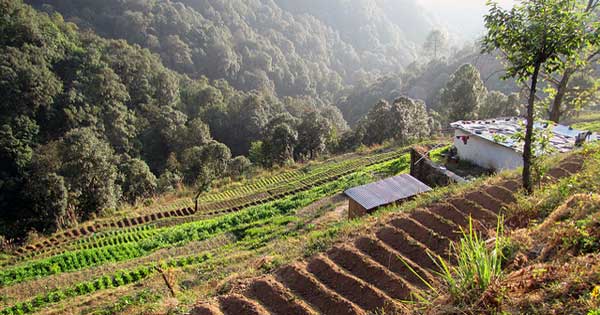Pesticide Paradox
Twenty-three schoolchildren poisoned in India, a leader in organic farming

In my youth I found many reasons to complain about school lunches—the gristly goulash, the scoops of tasteless mashed potato that the dinner ladies plopped onto our plastic plates, and some unidentifiable pudding I called dry pie. But the worst I could expect was indigestion. Tragically, death came July 16 in the form of a free school lunch for at least 23 children in the village of Chhapra in the Indian state of Bihar. They were poisoned by a midday meal of rice and soybeans contaminated with cooking oil spiked with monocrotophos, a toxic insecticide banned in the United States since 1988.
In the wake of the catastrophe, the United Nations’ Food and Agriculture Organization urged developing countries to “speed up the withdrawal of highly hazardous pesticides” such as monocrotophos from the market. The Indian government had decided against such a ban in 2004, saying that the pesticide was cheaper and more effective than alternatives. India is the 10th largest consumer of pesticides in the world, with crops such as grapes, cabbage, and cardamom sprayed up to 20 times a year with fungicides and insecticides, many of which are banned elsewhere. Some crops are sprayed every six days.
So I was surprised to learn that in 2010 India was the country with the most certified organic producers: 400,551 farmers, according to a report by the Worldwatch Institute. India is followed by Uganda, with 188,625 organic farmers, and Mexico, with 128,826 farmers. About 80 percent of the world’s 1.6 million organic farmers live in developing countries. Even though India’s organic farmers often have trouble finding local markets for their produce, exports of organic produce from India rose by 20 percent between 2009 and 2010. In the same period, production of organic cotton in India reached a high of 241,697 tons—68 percent of global organic cotton production. Organic food crops in India include rice, spices, and tea.
One reason why organic farming may appeal to farmers in the developing world is the high price of pesticides, which can account for more than one-third of the cost of cultivating crops like cotton and pomegranates. According to the UN Food and Agriculture Organization, one acre of conventionally grown cotton can require up to a gallon and a half of pesticides and more than a thousand pounds of fertilizer. Nonprofit organizations now offer loans and training to small-scale farmers to support their efforts to switch to organic growing techniques. With the aid of such ancient techniques as crop rotation and dung fertilizer, farmers may find that their yields and profits double.
These are baby steps: organic farming in India still forms only one percent of total agricultural production. But they are steps nonetheless.
Sunita Narain, director of the Indian environmental organization Centre for Science and the Environment writes, “the Mid Day Meal Scheme, under which cooked food is compulsorily provided to children in government schools, is too important and critical to give up on.” But even more important is that children should never be poisoned by a school lunch.

